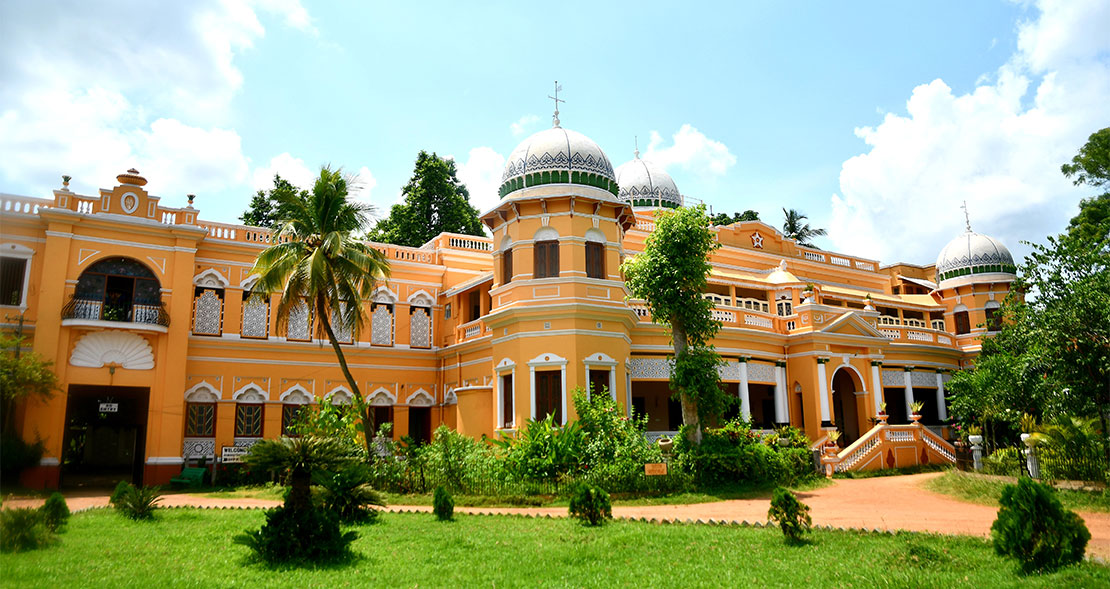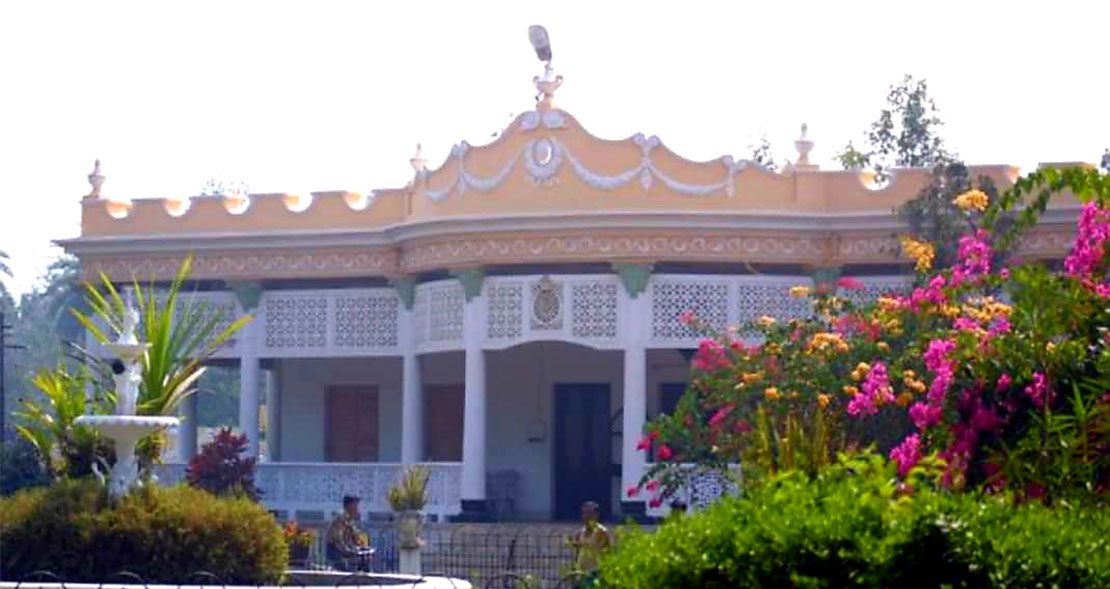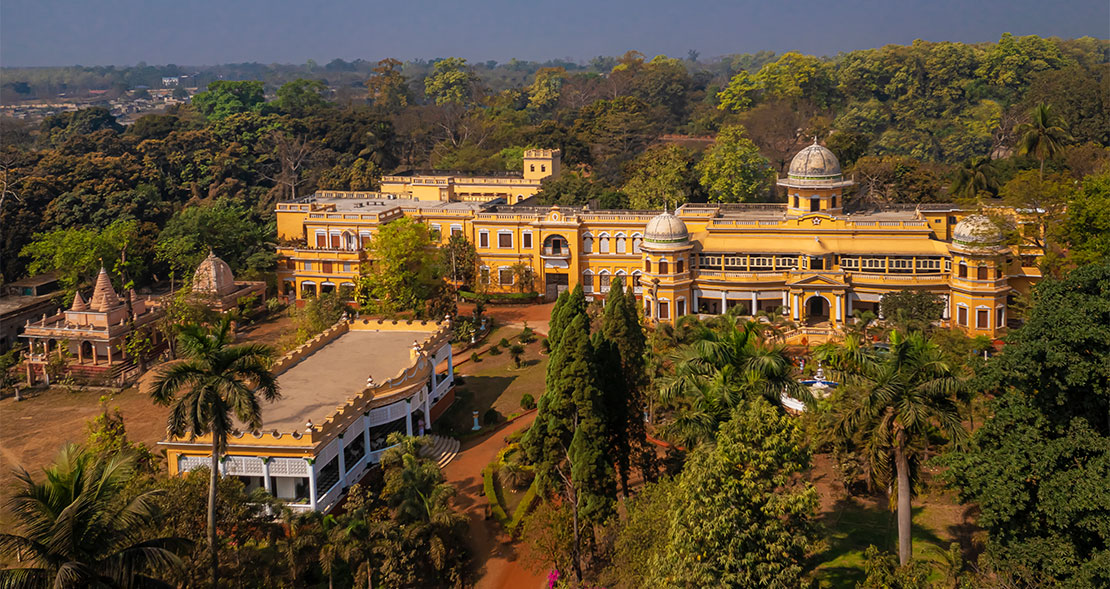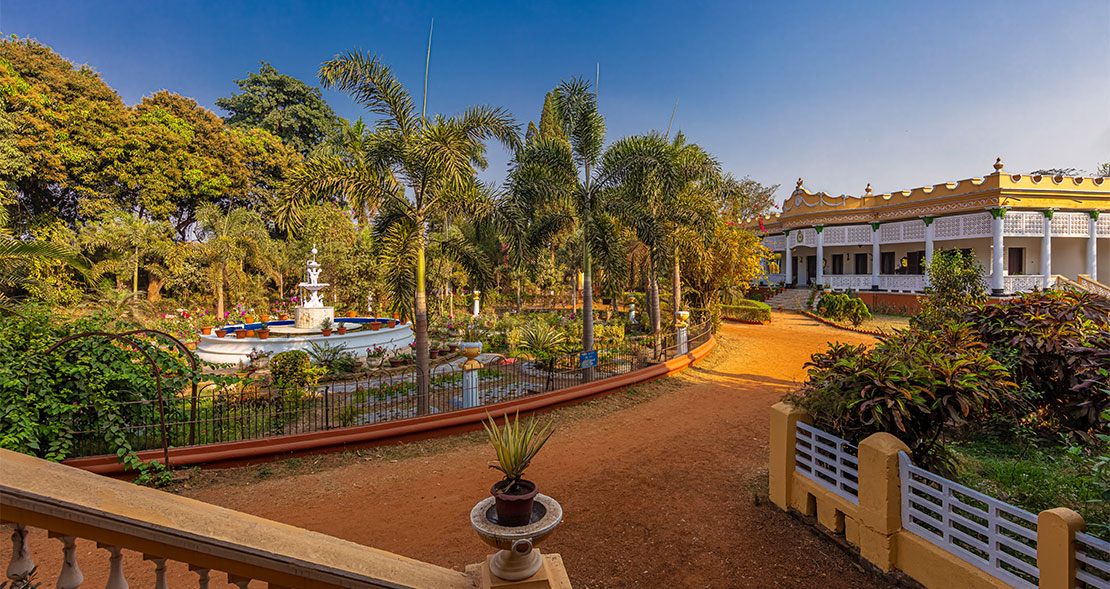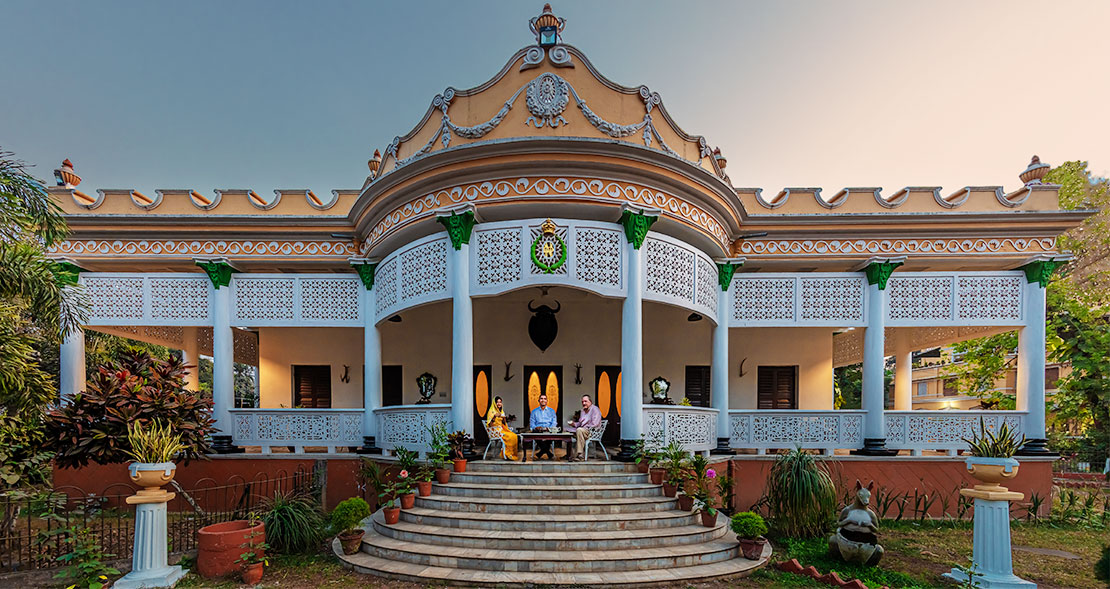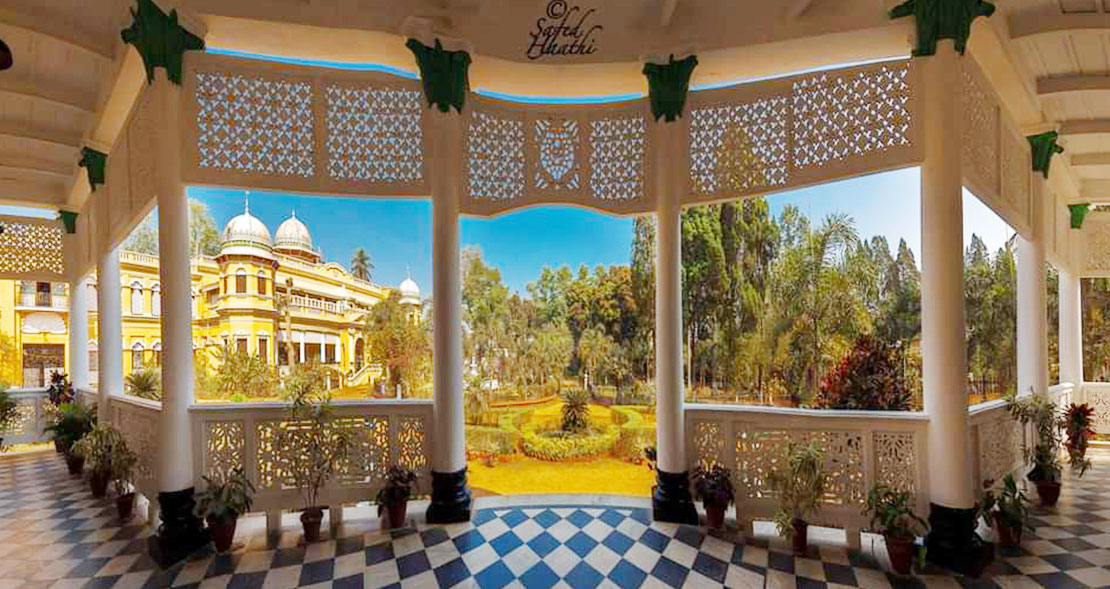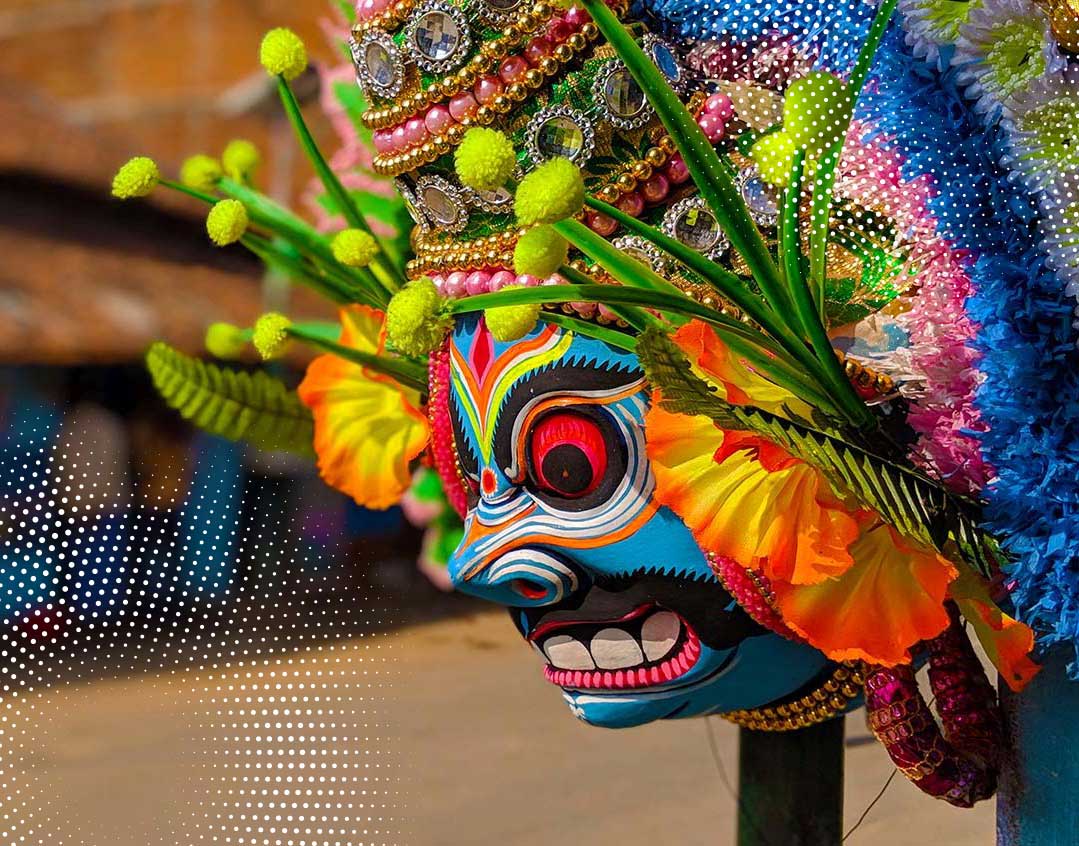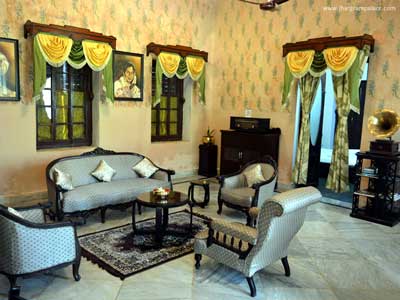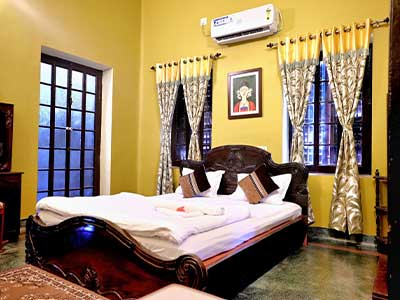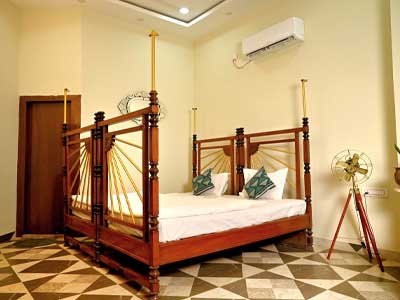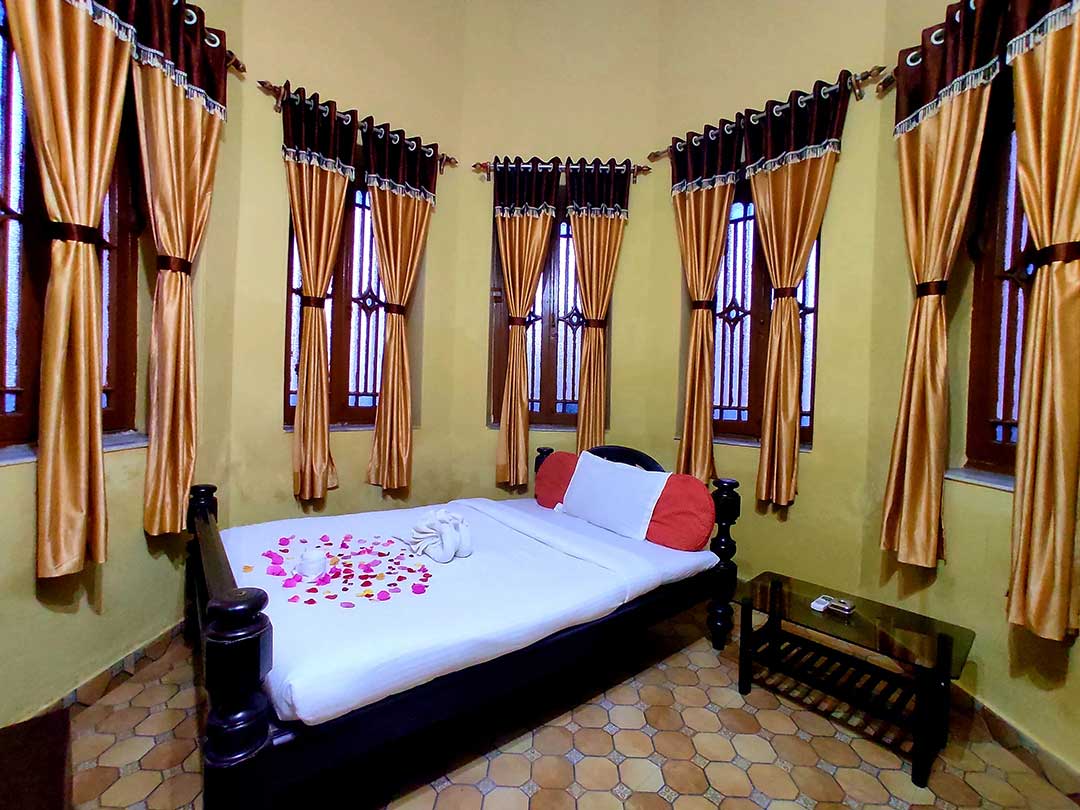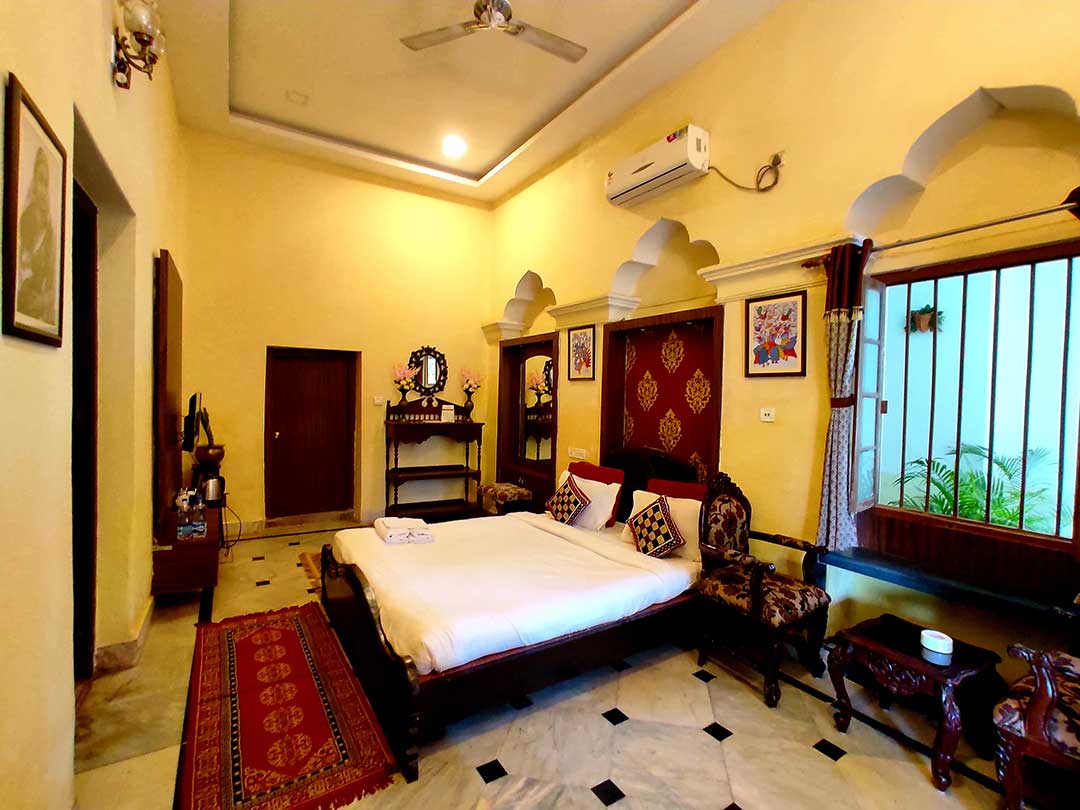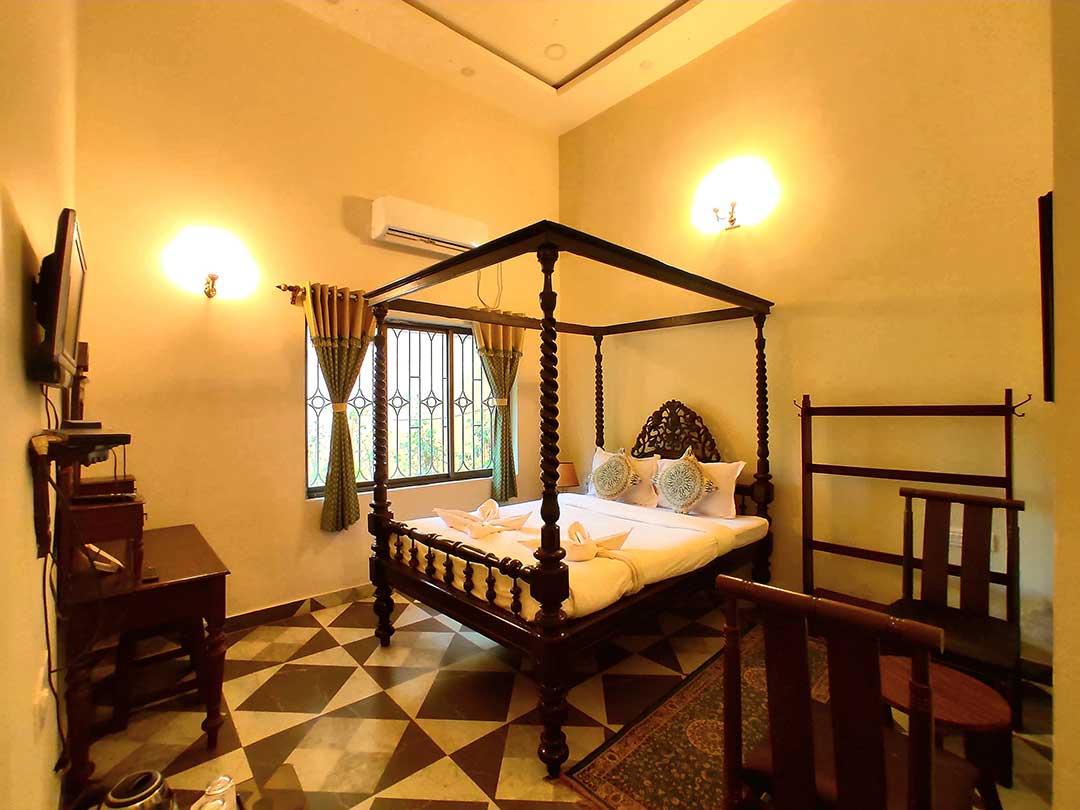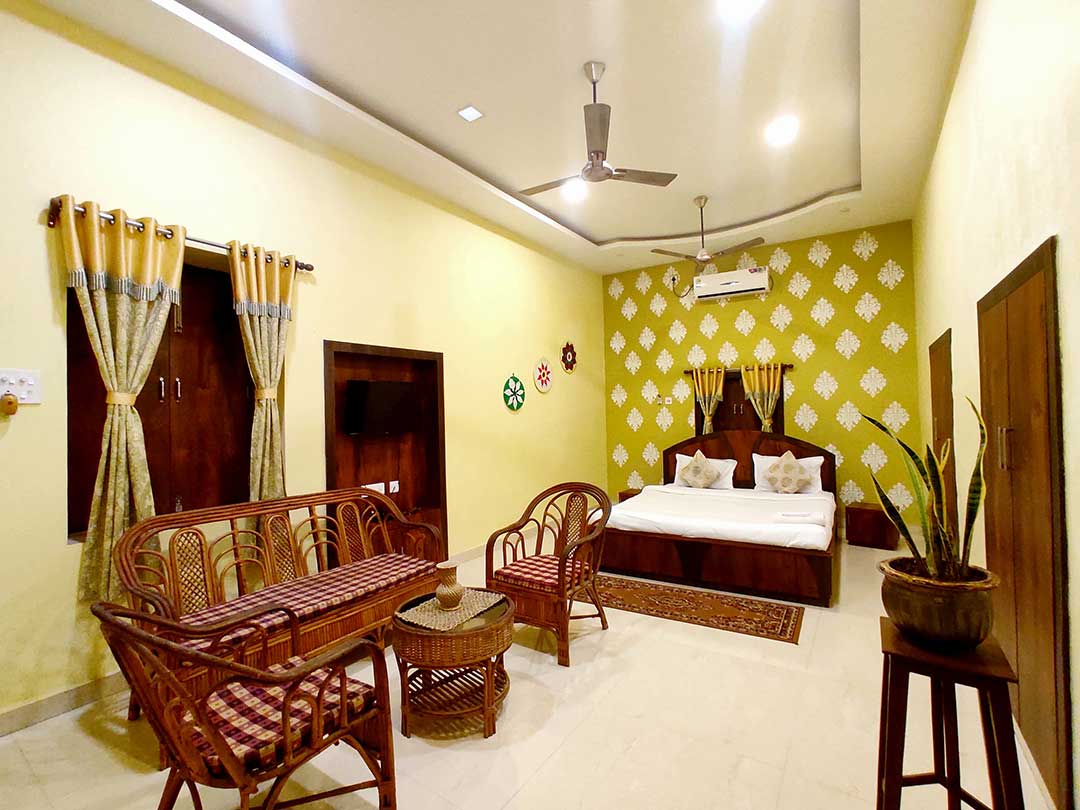Experience Our Legacy !
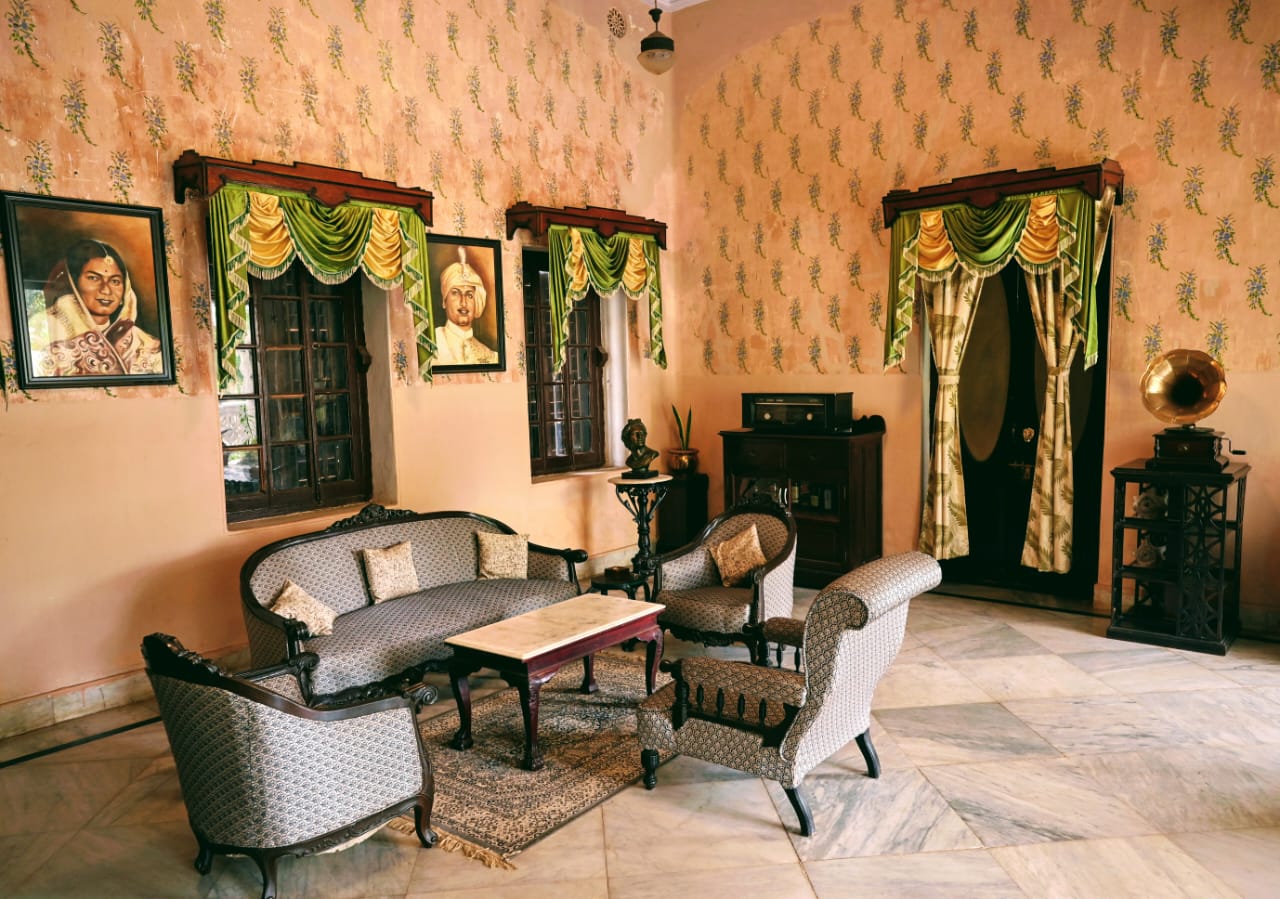
The Jhargram Palace is the current residence of the Malla Dev Royal family. Situated in Jhargram district, West Bengal, it is a structure combining the Italian and Islamic architecture model. About 10 rooms on the ground floor have been converted into a Heritage Hotel run by the family. The Palace is an opulent Italianate structure, set in carefully laid lawns and gardens which was built in 1922 CE, during the reign of Raja Narasingha Malla Dev Bahadur. In the Palace campus, so evocative of a regal lifestyle, the past comes alive.
A stay at the Jhargram Palace will bring the legends of the famous Malla Dev rulers to the fore. Here you can experience the royal lifestyle that was once the tradition of the Jhargram Kings. The rich heritage and the history of the royal family is sure to excite guest who are interested to know and explore the rulers of ancient India. know more
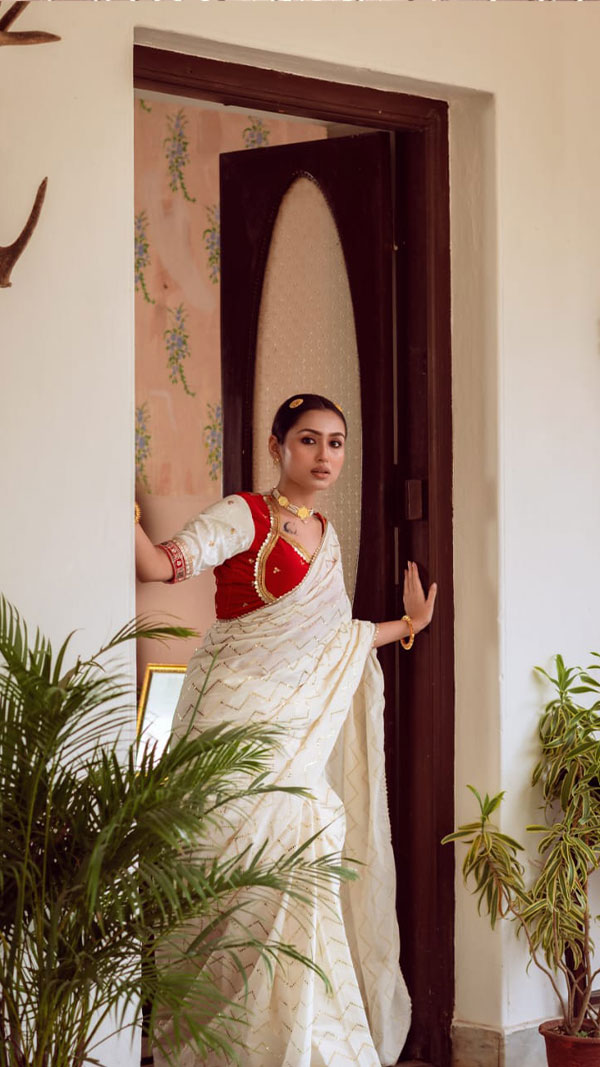
History Of Jhargram Raj
Jhargram Raj was a feudatory kingdom which occupied a position in Bengal province of British India. The kingdom came into being during the later part of the 16th century when Raja Man Singh of Amer was appointed the Dewan of Bengal, Bihar and Orissa by Mughal Emeror Akbar the Great. Legend says that around 1592 CE, Man Singh had come to conquer Bengal on behest of the Mughals from Rajputana (Rajasthan) to expand the Empire to Eastern India. He appointed one of his loyal Generals in the army, Shri Sarveshwar Singh, to defeat the local rulers of the region known as Jungle Mahal. The area belonged to the Mal kings, who were ancient warriors and a powerful dynasty in the eastern part of India since the time of the Mauryas and the Guptas.
Sarveshwar Singh, together with the Rajput military and cavalry, invaded the deep forest and vanquished the Mal rulers. In order to commemorate this victory he adopted the surname, Malla Dev which became part of the name and style of his descendants. Hence as a royal tradition every year an idol of Mal Raja is made and slain on the day of Vijayadashami. After the campaign, Raja Man Singh decided to return to Rajputana and granted Mansabdari (tributary vassal kingdom) of the entire Jungle Mahal region to Sarveshwar Singh as a reward. The Rajas ruled their dominions and estates from present day Jhargram Palace, they had 8 sardars under the system and one Sub Zamindar of Beliaberah.
know more
Indra Puja, Dol purnima and Durga Puja were the main festivals of the Kingdom. Indra Puja was the festival celebrated with great pomp and splendor as here Lord Idra was worshipped for good rainfall, harvest of crops and prosperity of the kingdom. The festival used to stretch for about a week and a famous Ind Mela (Fair) was organized. On the last day of the festival the Raja made a public appearance as he was carried in a Golden palanquin to the Maha Sabha (public gathering) where he used to interact with his pupils and the Modouls (Village Subedars) and after his kind consent the Artha Mantri (Finance Minister) used to declared the economic budget followed ... know more
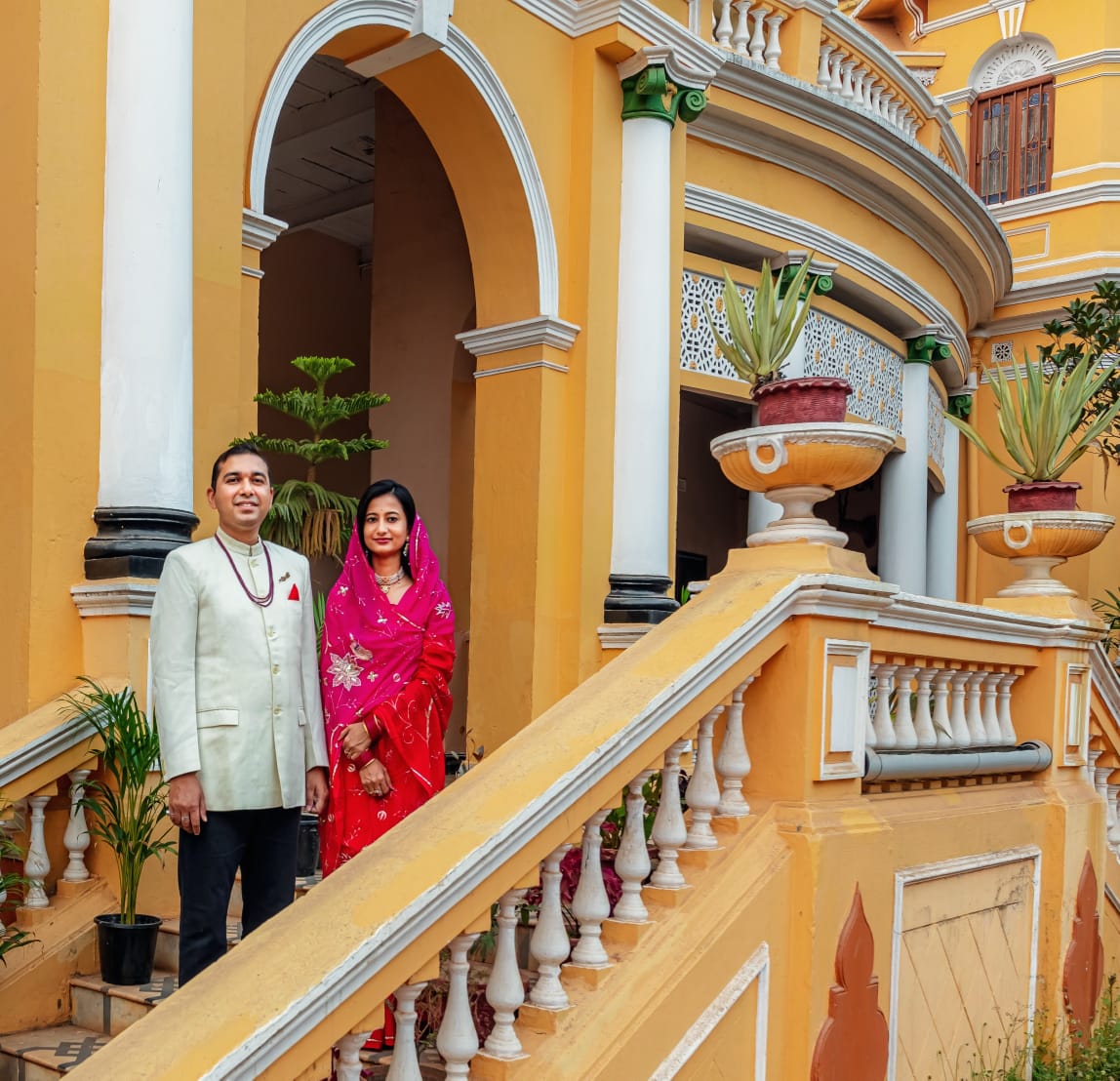
Cultural Heritage
Jhargram is a melting pot of culture, tradition, rich heritage and natural beauty. It is where you will find some of the oldest tribes of this land co-existing together and still keeping their individual identity intact. The enthralling scenic beauty and traditions of Jhargram have mesmerized tourists all over, time and again. It has attracted them to visit the place and experience the culture and life of people who stay here. It is a place where the rivers meet the hills and the wilderness of the forests beckon the exploring travelers. The hill ranges and the thick canopy of Mahua, Teak, Sal and Peasal trees add to the charm of the place. Jhargram has the history of a royal past, the hindu temples and palaces testify to it.
